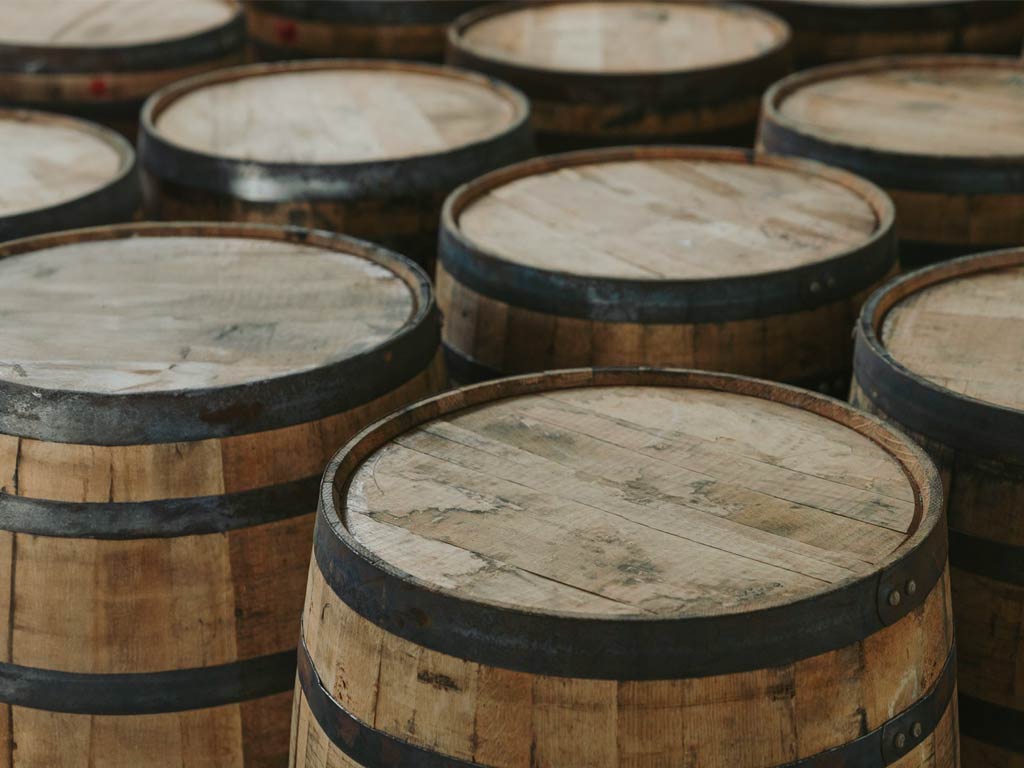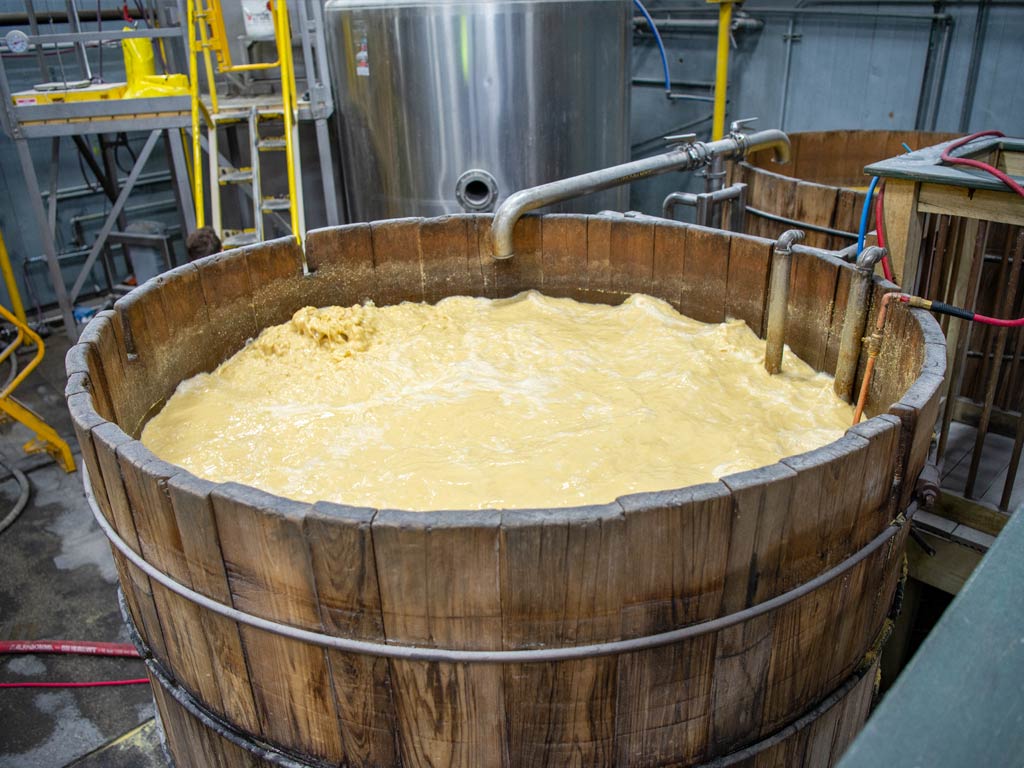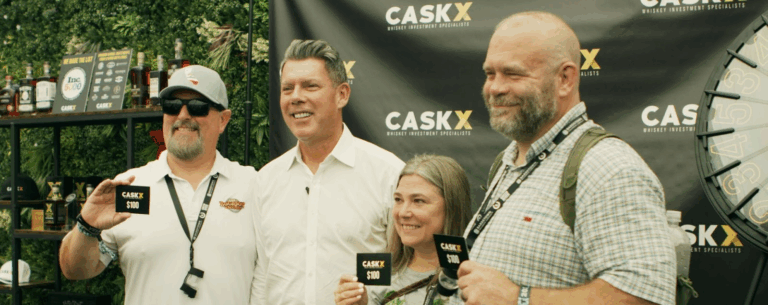As the bourbon industry navigates a landscape of evolving consumer preferences and market dynamics, it’s essential to distinguish between short-term fluctuations and the enduring strength of this iconic American spirit. While recent reports highlight challenges such as potential overproduction and shifting consumption patterns, a closer examination reveals a resilient industry poised for sustained growth.


Stable Domestic Demand
Despite concerns about a potential “whiskey glut,” domestic consumption of American whiskey remains robust. In 2024, the American whiskey category maintained stable sales, with certain brands experiencing significant growth. For instance, Bardstown Bourbon Company and Green River Distilling Company reported a 35% increase in sales, according to Nielsen data. This indicates that while the market may be adjusting after a period of rapid expansion, consumer interest in quality bourbon persists.International Markets Driving Growth
The global appetite for American whiskey is on an upward trajectory. Exports have climbed by 15%, with key markets like Europe, Japan, and Australia showing significant gains. Trade agreements and reduced tariffs have played a pivotal role in driving this international boom. Emerging markets such as India and China are also embracing Western spirits, offering vast opportunities for bourbon producers. The removal of tariffs in Hong Kong, the gateway to China, in October 2024 is already having a positive impact on exports to the region. As these markets become more accessible, the international growth that has already begun is expected to accelerate.Well-Aged Bourbon Requires More Supply
The increasing demand for premium, well-aged bourbon necessitates a substantial supply of aging barrels. Producing high-quality bourbon requires time, with many premium products aged for more than a decade to achieve their desired flavor profiles. This aging process inherently leads to evaporation loss, known as the “angel’s share,” further emphasizing the need for a larger inventory to meet future demand. The current perceived “surplus” of barrels should be viewed in this context, as a strategic move to satisfy the anticipated rise in consumer preference for aged expressions.
Brand Choice Is Expanding
The bourbon market is witnessing an influx of new brands, particularly non-distiller producers (NDPs) who source barrels to market unique offerings. This expansion provides consumers with a broader selection of premium bourbons, catering to diverse palates and preferences. Retailers are stocking an increasing variety of labels, many of which seek well-aged barrels to distinguish their products. This diversification not only enriches the market but also underscores the necessity for a substantial supply of aging bourbon to meet the varied demands of both new and established brands.The Enduring Principle of Bourbon Investment
Investing in bourbon remains a compelling proposition due to the transformative nature of the aging process. A newly distilled spirit evolves over time, developing complexity and depth that enhance its value. This maturation process ensures that an asset acquired today will be transformed as it ages, offering investors a tangible product with intrinsic value. The scarcity of age-statement bourbons on store shelves today, compared to Scotch whiskies, highlights a market opportunity for well-aged American whiskey, further bolstering the case for investment.Long-Term Perspective: Thinking in ‘Whiskey Years’
The bourbon industry operates on a long-term horizon, often referred to as thinking in “whiskey years.” Decisions made today, from production levels to market strategies, are geared toward meeting demand many years into the future when the bourbon has matured. This forward-looking approach necessitates patience and foresight, acknowledging that short-term market fluctuations are part of a broader, enduring growth narrative. As consumers continue to seek premium, aged products and international markets expand, the long-term prospects for bourbon remain promising.Major Distilleries Are Not Cutting Back
Contrary to notions of an industry in retreat, leading distilleries are actively investing in expansion. Buffalo Trace Distillery, for example, is completing a $1.2 billion expansion to double its production capacity, reflecting confidence in sustained demand. Similarly, Bardstown Bourbon Company has completed a $28.7 million expansion, increasing its annual capacity to 18 million proof gallons. These significant investments signal a robust outlook, with major players positioning themselves to meet both current and future market needs. In conclusion, while the bourbon industry faces challenges characteristic of a maturing market, the fundamentals remain strong. Stable domestic consumption, burgeoning international demand, a focus on premium aged products, and substantial investments by major distilleries all point to a resilient future. For investors, particularly those aligned with platforms like CaskX, the prospect remains bright, offering opportunities to diversify with a tangible asset that appreciates over time.



